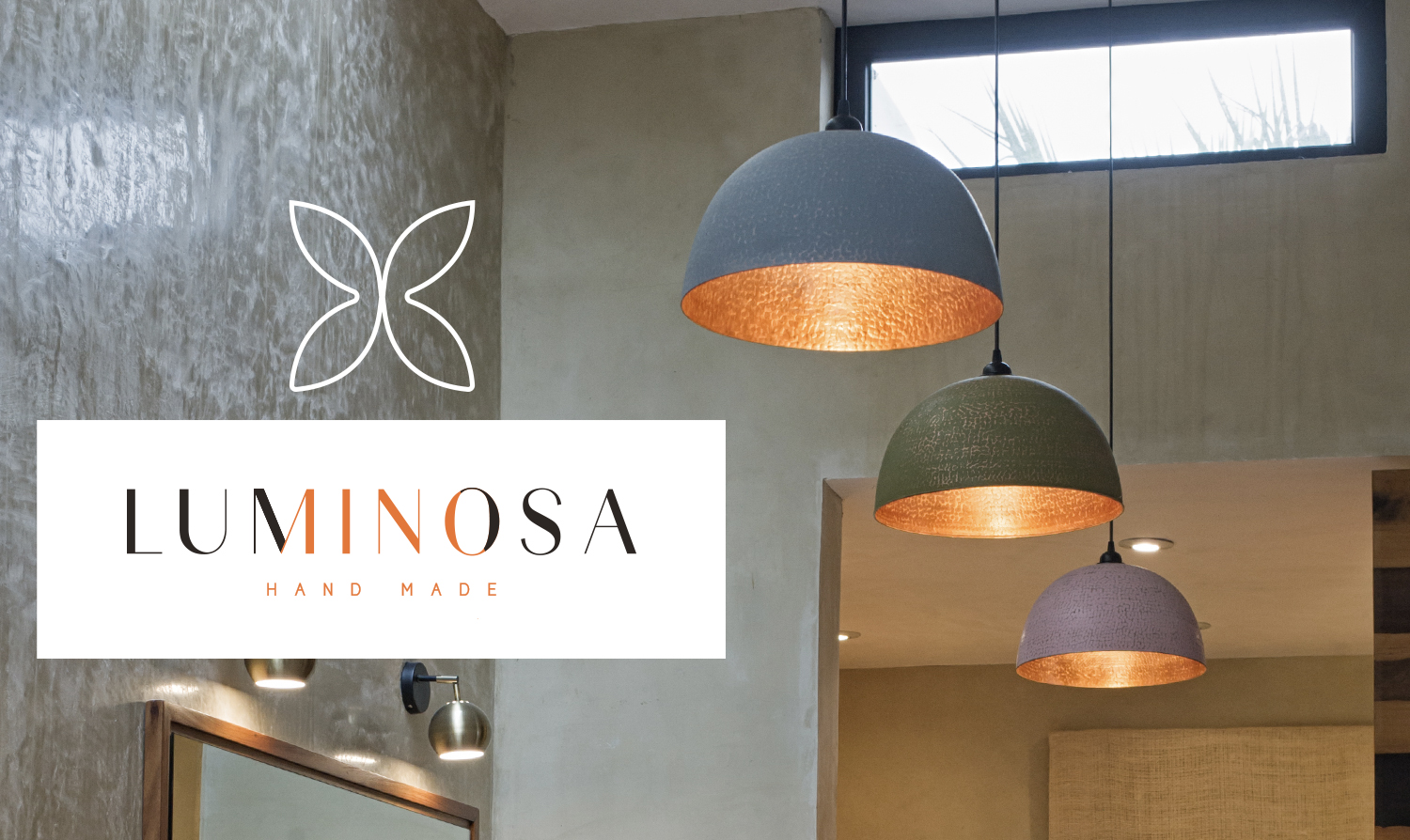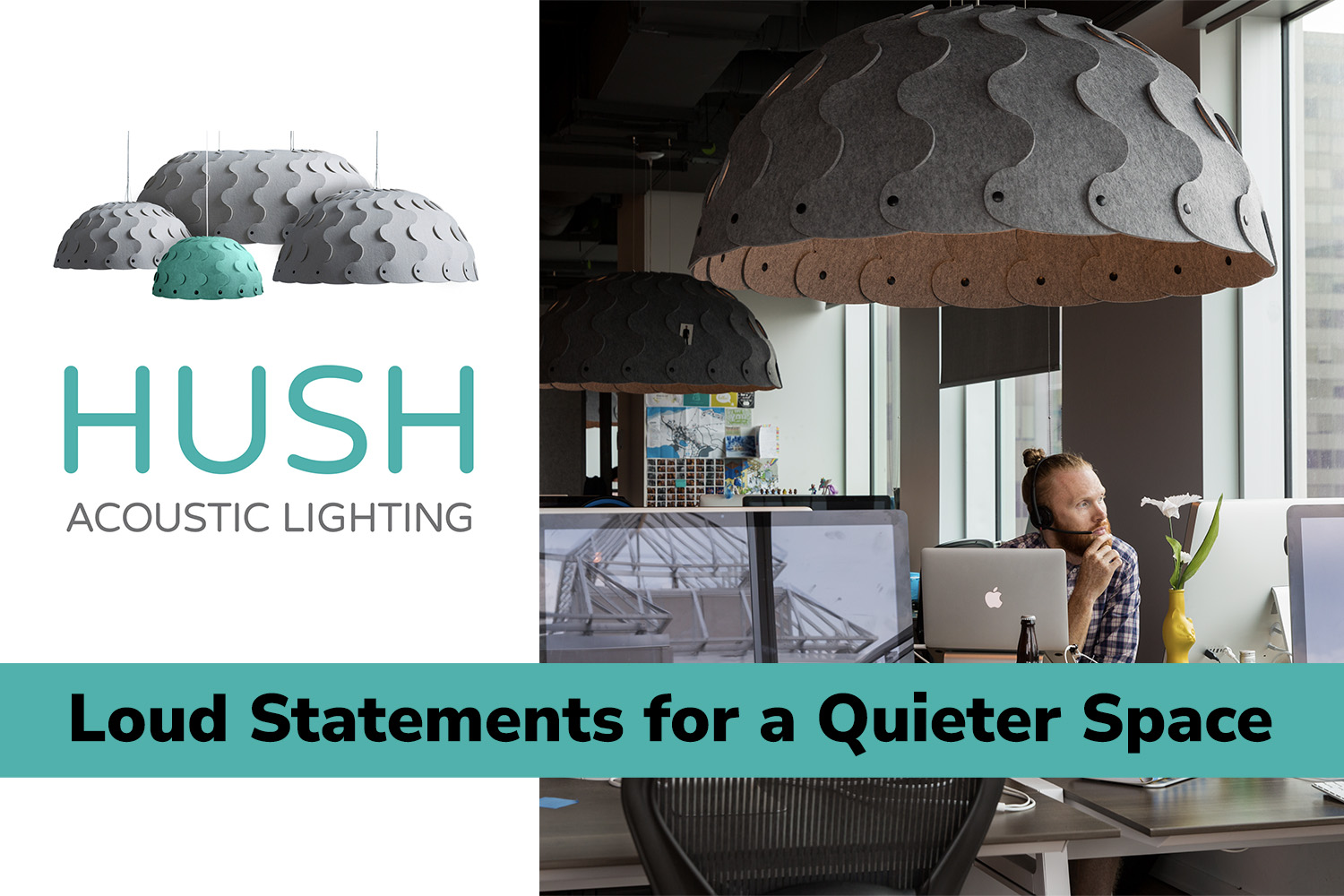Launched in partnership with wakaNINE in 2021, Studio Luminosa™ stands out as a testament to…
Studies reveal that noise levels in restaurants are the top complaint from diners.
Noise is the leading cause of complaint when dining out
Noise in restaurants is doing more to ruin our dining experience than any other factor. Studies by both Consumer Reports and international dining guide Zagat reveal that noise levels are the top complaint from those dining out. Excess noise is considered even more annoying than poor service or substandard food.
Patrons who are offended by noise levels are more likely to leave prematurely, and less likely to return to that venue. This surely can’t be good for business for restaurateurs.
Noise levels are even making it into restaurant reviews, with apps like Soundprint springing up where you can search restaurants ranked on noise quality and even use the app to measure decibel levels in your local eateries.
How much noise is too much?
However it’s not only proprietors’ pockets which will be hurting. Noise levels in excess of 90 decibels are not uncommon in restaurants today, and anything over 70 or 80 decibels is considered harmful to our hearing over time. By comparison, normal conversation ranges from 60 to 65 decibels.
Employees at noisy venues are often the most affected. Although patrons can be annoyed and inconvenienced by a noisy restaurant, a percentage of employees exposed to noise levels of 90 decibels or more over their working lifetimes can actually expect hearing loss.
Surprisingly research also shows that noise suppresses our ability to taste saltiness and sweetness – while deep tones sometimes enhance bitter flavours. Therefore too much noise can affect multiple senses.
Why so noisy?
Current design trends only exacerbate the problem. Repurposed industrial spaces with concrete floors and brick walls are popular venues for restaurants and bars. Interior designers favour ceramic tiles, exposed ceilings, open floor plans, and uncovered tables. These hard surfaces reflect and amplify sound. Open kitchens and attached bars also increase noise levels. The heavy curtaining, deep carpets and long tablecloths traditionally used to muffle noise have fallen out of favour with restaurant designers.
Acoustics treatments such as noise absorbing ceiling tiles and floors are usually expensive and not always aesthetically pleasing. Sound panelling a ceiling, for example, can cost tens of thousands of dollars – money which restaurateurs might rather spend on more visible benefits such as expensive sound systems and eye catching art work.
Some noise pollution is intentional on the part of the hospitality trade. The volume and speed of music played has been proven to influence the speed at which people eat and drink – with louder, faster paced music encouraging client turnover in busy venues and stimulating the amount and speed that people drink.
Managing sound quality is the key
The opposite end of the noise spectrum is not ideal either. No one wants to eat in a restaurant which offers no sound privacy and where everyone can hear every word you say. Environments which are too quiet can lack a feel-good vibe and seem flat.
The answer lies in managing the quality of sound. In a restaurant the number one cause of noise is due to speech. So the key isn’t to remove the sound but to reduce its impact so that it’s less audible. If the words can’t be understood, the brain won’t try and focus on comprehending them.
This can be achieved by managing sound absorption. Whilst sound may bounce off concrete walls and floors, softer surfaces have the opposite effect and absorb some frequencies, leaving us with a much more satisfying and comfortable sound level without eliminating noise completely.

What are the solutions?
The most important time to consider acoustics is at the outset of the project in the planning phase. Acoustic treatments can then be incorporated in walls, floors and ceilings if budget and materials allow. Acoustic consultants can also be employed to assist with planning.
However due to lack of awareness or budget limitations, this may not always happen, and a retrospective treatment is required to address the issue. It can be much more difficult to integrate changes at a later stage without impacting on the overall design of a place and causing downtime. Treatments added after the fact can end up looking like an afterthought as opposed to being an intentional part of the design. They can also be even more expensive in hindsight.
Absorptive surfaces don’t have to be limited to floors, walls and ceilings – lighting and furniture with acoustic properties offer ways to address the problem without introducing high cost into the equation. Structural retrofit is no longer needed, and acoustic lighting especially is a cost effective way of introducing sound quality control, enhanced lighting and eye catching design. These are some of the more accessible solutions open to the hospitality industry.
Voting with their feet
Currently surprisingly few restaurants are doing anything to address the issue. Not only will restaurant owners be in breach of health and safety regulations if they allow unacceptable levels of noise, they also risk raising stress levels in both employees and customers. Staff turnover and unhappy patrons will eventually affect the establishment’s bottom line. Fortunately there are as many solutions available as there are restaurants: one for every taste and budget.
Interested in learning more about acoustic lighting, please contact us.



